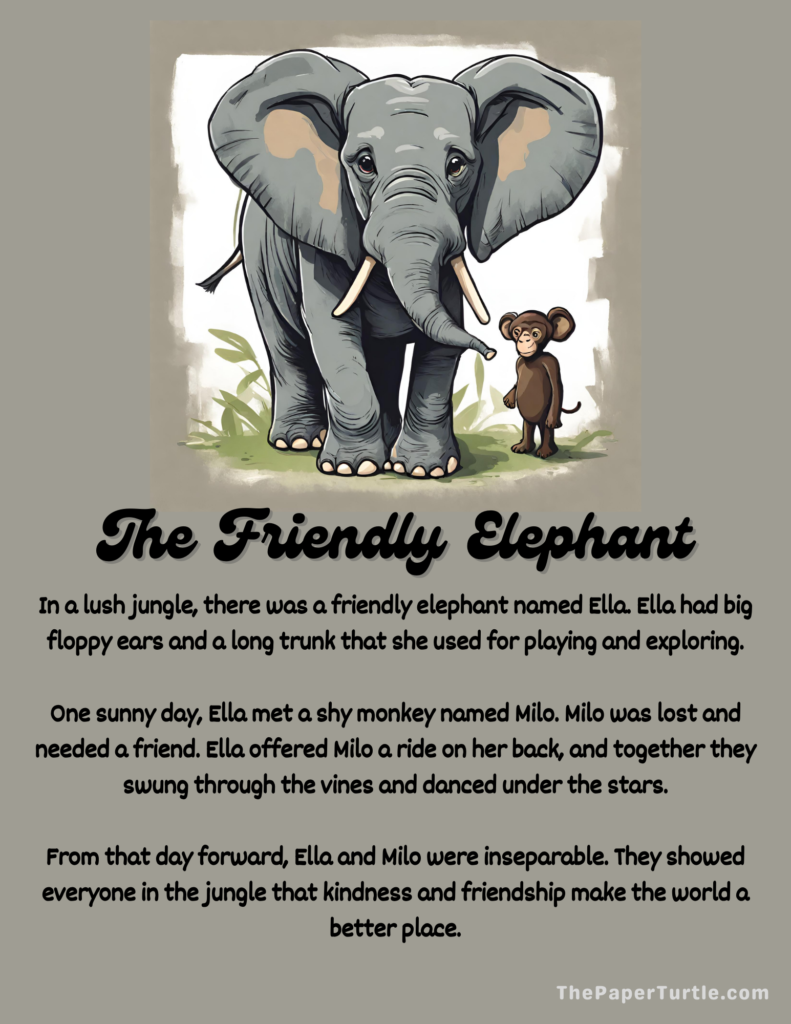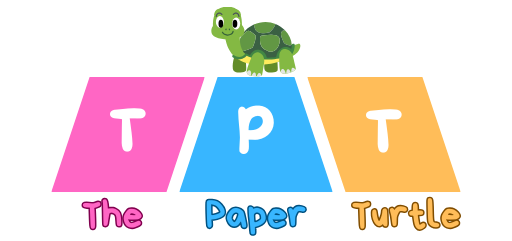Short Stories for Kids



Free kids short stories can be a fantastic way to help kids learn to read! Here’s why:
1. Shorter attention spans: Short stories are less daunting than longer books, making them ideal for young children’s shorter attention spans. They can focus on the story without getting overwhelmed or losing interest.
2. More manageable chunks: Breaking down reading into smaller, digestible pieces like short stories makes the process feel less intimidating and more achievable for kids. They can experience a sense of accomplishment with each finished story, boosting their confidence and motivation.
3. Variety and engagement: Short stories come in a wide range of genres and styles, offering something for every child’s taste. This variety keeps them engaged and excited to discover new stories, preventing boredom and encouraging exploration.
4. Repetition and rhythm: Many short stories, especially children’s stories, use rhyme, rhythm, and repetition. This makes them easier to read and remember, helping kids develop their phonemic awareness and word recognition skills.
5. Vocabulary building: Short stories expose children to new words and concepts in a context that’s easier to understand than longer texts. This expands their vocabulary and improves their comprehension skills.
6. Imagination and creativity: Short stories spark kids’ imaginations by taking them on exciting adventures and introducing them to different characters and worlds. This fosters creativity and encourages them to think outside the box.
7. Bonding and interaction: Reading short stories together creates a wonderful opportunity for parents and children to bond and interact. Discussing the story, asking questions, and sharing reactions strengthens the parent-child connection and makes reading a fun and social activity.
Some tips for using short stories to help kids learn to read:
- Choose age-appropriate stories: Pick stories with simple language, engaging illustrations, and themes that resonate with your child’s interests.
- Make it fun and interactive: Read with enthusiasm, use different voices for characters, and encourage your child to ask questions and participate in the story.
- Connect to real life: Talk about how the story relates to your child’s own experiences and help them make connections between the story and the world around them.
- Visit the library: Libraries offer a vast selection of short stories for all ages and interests. Let your child explore the shelves and choose stories that capture their attention.
- Use online resources: Many websites and apps offer collections of free short stories for kids. Look for age-appropriate selections with colorful illustrations and engaging themes.
By incorporating short stories into your child’s routine, you can make learning to read a fun, engaging, and rewarding experience. So grab a book, cuddle up together, and let the adventures begin!
